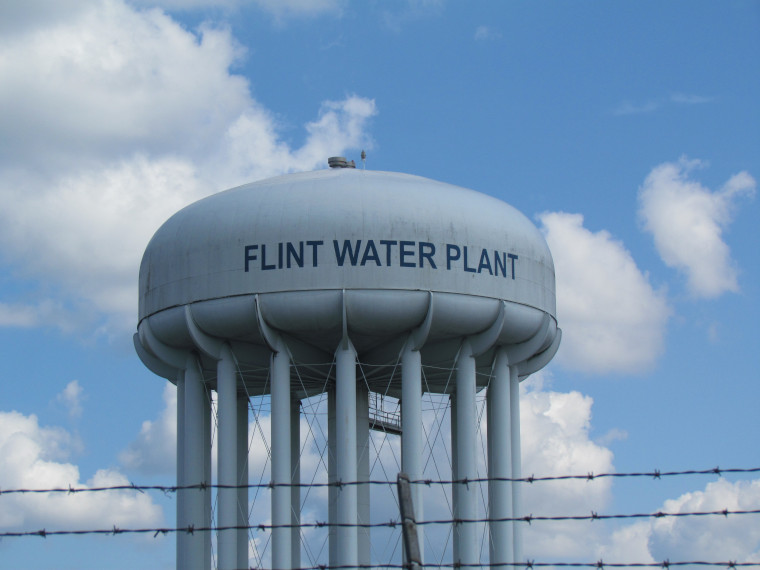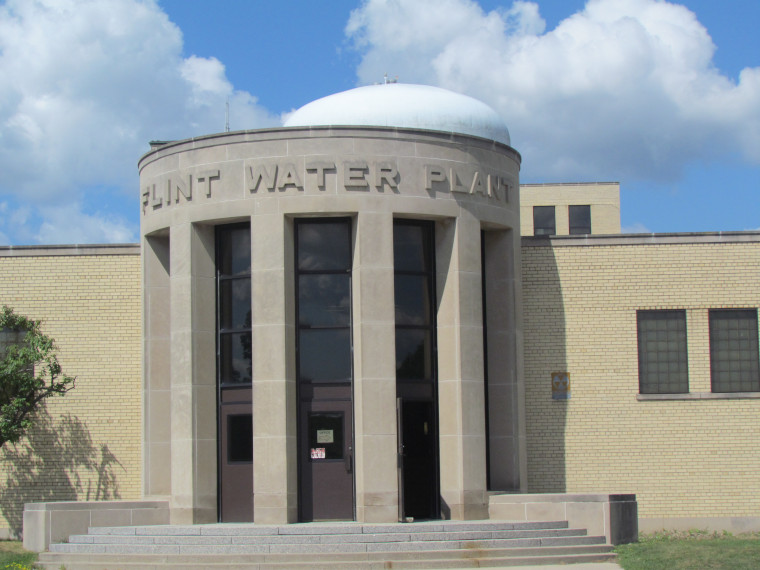Written by Tanya Terry
Thousands of Michiganders from 23 southeast communities had been affected when the Great Lakes Water Authority announced a significant water main break in Port Huron-but Flint was not one of them. Flint now has a secondary water source from the Genesee County Drain Commission.
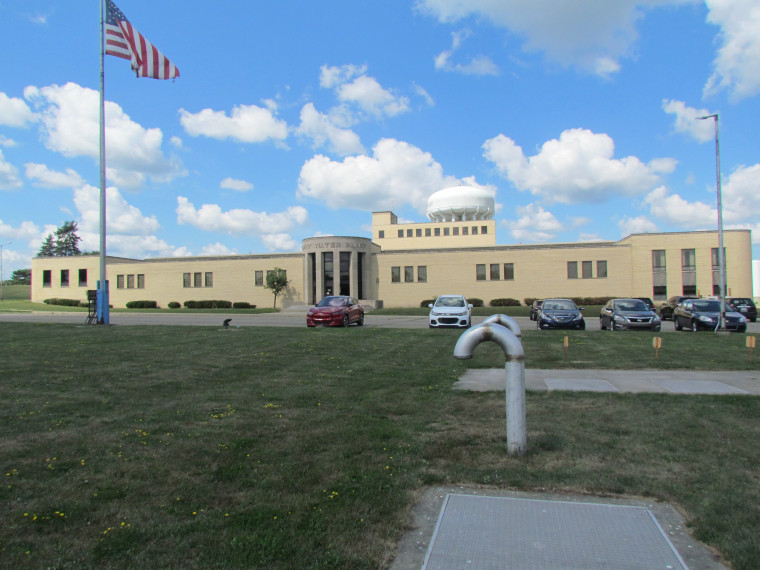
U.S. Environmental Protection Agency Regional Administrator for Region 5 Debra Shore toured Flint’s upgraded water infrastructure, including the water treatment plant and chemical feed plant Tuesday, August 23. A press conference took place at City of Flint Water Plant on N. Dort Highway the same day.
“This is really a state-of-the-art system,” Shore said.
According to Shore, the recent water main break in Port Huron is “the kind of thing you plan for, you hope doesn’t happen, but you want to be ready (for) if it does happen.”
Shore complimented the team in Flint who made the switch to the secondary water source possible for responding quickly, establishing protocols and being able to switch to the backup secondary water supply swiftly and smoothly. As a result, she noted the safety and availability of Flint’s drinking water was undisturbed.
Shore also stated the Bipartisan Infrastructure Law that was passed last fall is important. Without it, she said not every community would be able to protect their drinking water the way Flint did recently.
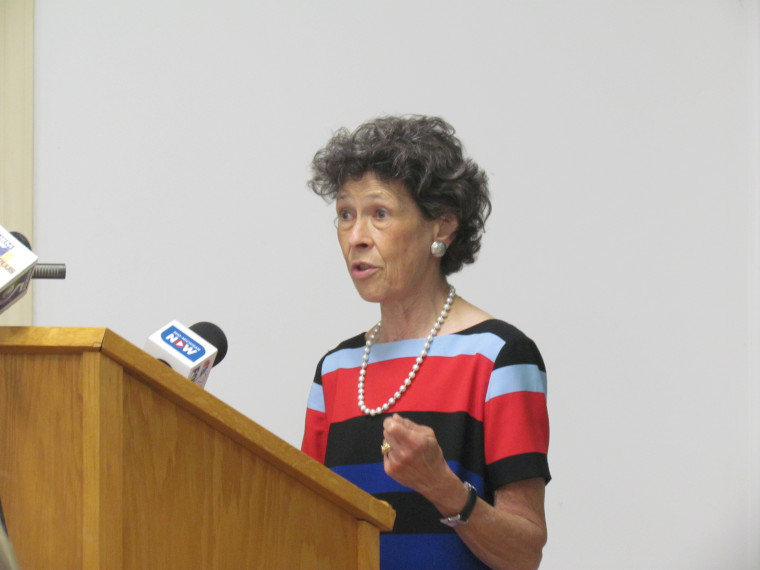
“This county’s outdated and overwhelmed water infrastructure threatens our nation’s security and economy, and risks people’s health,” Shore added. “But the Bipartisan Infrastructure Law delivers more than $50 billion to EPA to improve our nation’s water and wastewater infrastructure. It’s the single largest investment in our country’s water funding the federal government has ever made…”
Liesl Eichler Clark, director of Michigan’s Department of Environmental Quality, called what happened in Flint an “unsung victory” despite a number of challenges she said was facing but decided not to focus on during the press conference.
“When we look at the Bipartisan Infrastructure dollars being spent in Michigan, the governor and Legislature appropriated them in the spring-close to $2 billion for water infrastructure across the state,” Clark said.
She acknowledged there was a lot of work to do in the state, but she said the Bipartisan Infrastructure Law made it possible for “a step in the right direction.”
She also noted the recent local project was the result of “incredible work and partnerships” between the City of Flint, most importantly, and supported by state and federal partners.
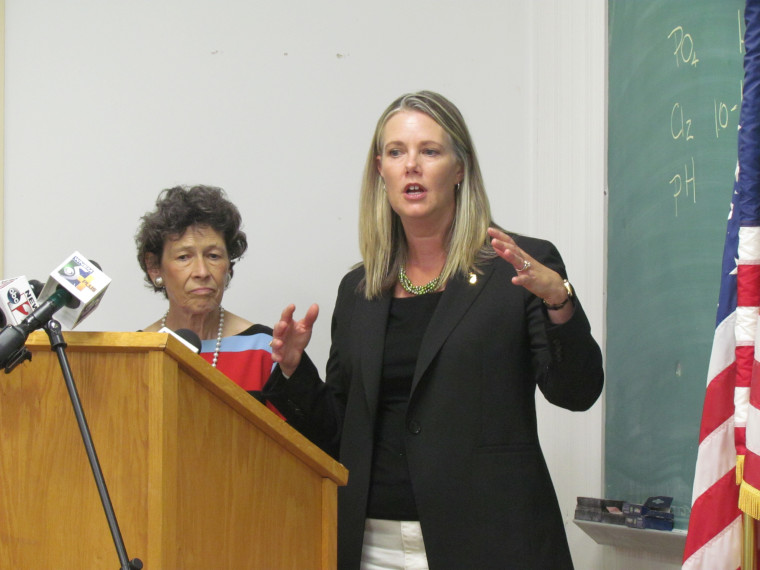
According to Mike Brown, public works director for the City of Flint, approximately $130 million has been spent on Flint’s water infrastructure since the Flint Water Crisis.
Flint will probably remain on its secondary water source until sometime in September since the water authority said the pipe ordered to replace the damaged transmission line has been delayed.
